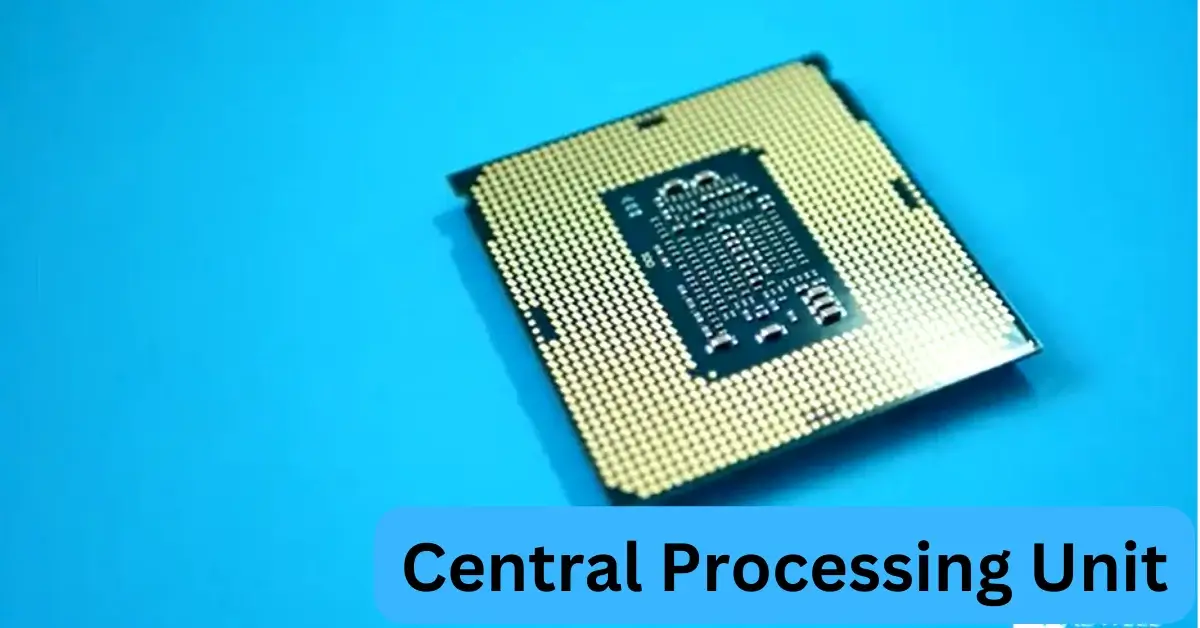What Is a CPU (Central Processing Unit)?
What is a CPU?
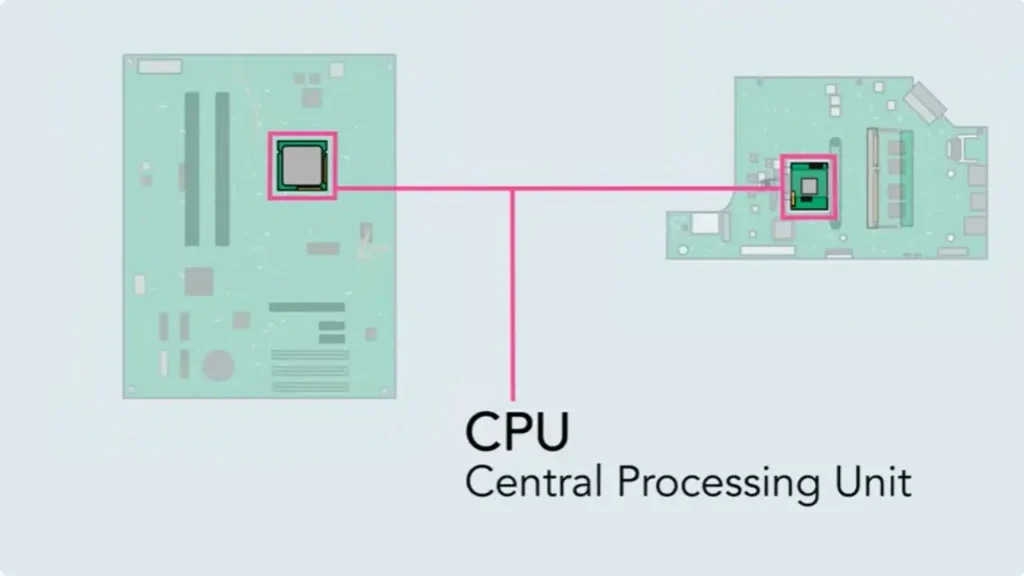
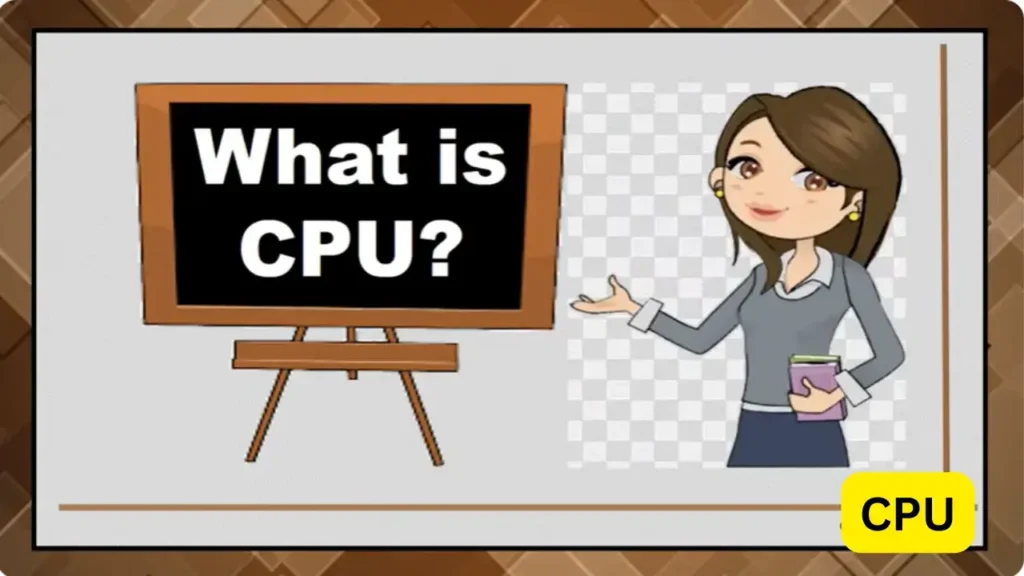
A Central Processing Unit is a hardware component of the computer. It is known as the central processing unit. CPU is a basic computational part of a computer on a server. All data processing operations are performed by the CPU all the smart devices and servers convert the data into digital signals and perform mathematical operations on them. After that Central Processing Unit processes the signals and makes computing possible. It is also called the brain of a computer. It takes the information or data from memory, performs specific tasks, and sends the results back as output. The central processing unit is responsible for computing tasks to run applications and operating systems.
History of CPU
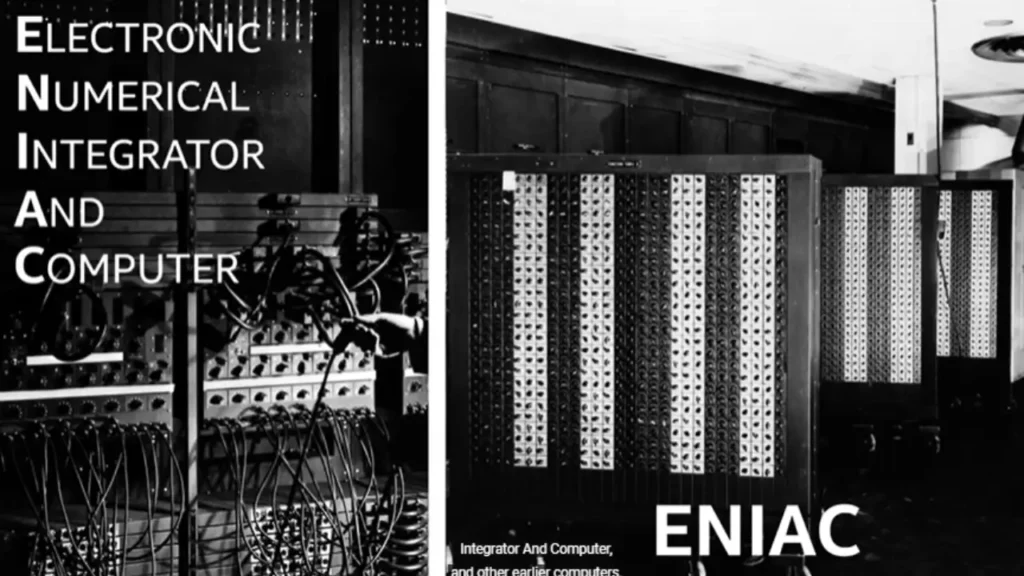
Baron Jons Jakob Berzelius discovered silicon in 1823. It is being used as a primary component in the manufacturing of CPUs. The history of the Central Processing Unit is very interesting and it developed from time to time. John Bardeen, William Shockley, and Walter Brattain developed the first transistor in December 1947. But, in 1958 Jack Kilby and Robert Noyce invented the first working integrated circuit. The first microprocessor named Intel 4004 was first launched in 1971 by the efforts of Ted Hoff. Other inventions like the 8008 CPU in 1972, intel 8086 in 1976, and Intel 8088 in 1979 contributed a lot. A 16/32-bit processor, Motorola 6800 was also released in 1979. The SPARC CPU was released by Sun in 1979. In March 1991, the AMU 386 CPU series was released by AMD. The Celeron 366 MHZ and 400 MHZ were released by Intel in 1999. The first dual-core processor was launched by AMD in 2005. In 2006 Intel launched Core 2 Dual Processor. In September 2009, Intel introduced the first Core i5 desktop processor with four cores. The first mobile processors core i3 & i5, the first desktop core i3 & core i5 processors, and core 2 Quad Processor Q9500 were launched by Intel in 2010. The first desktop processor core i9 was introduced by Intel in 2017. The first mobile processor core i9 was launched by Intel in 2018.
Advancement of CPU Technology with time
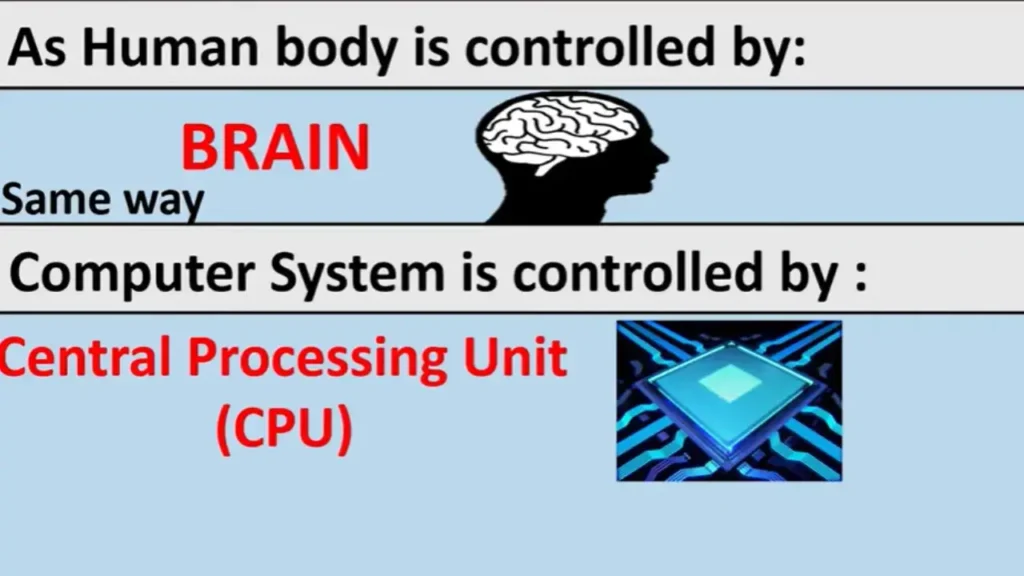
The vacuum tubes were used for processing in computers in the early days. Devices like UNIVAC and ENIAC used more power and generated excessive heat due to their large sizes. The Central Processing Unit technology was modernized and advanced with the invention of the transistor in late 1948. The vacuum tubes were replaced by transistors and as a result, computers became more energy-efficient, reliable, and smaller. ICs( Integrated circuits) were developed in 1960 and they combined multiple circuits and other components on a single computer chip. This development led to the innovation of microprocessors.
Microprocessors
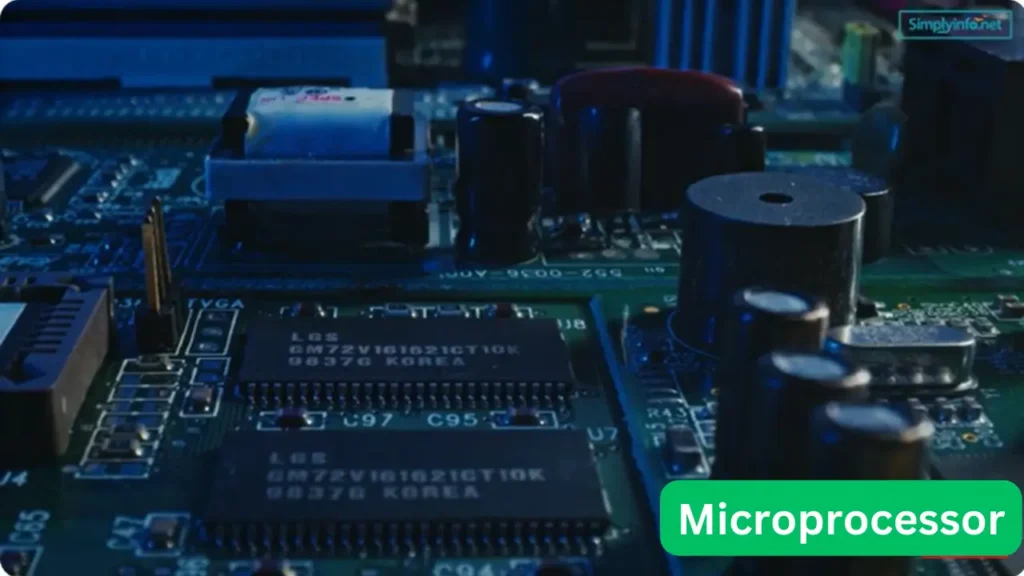
Microprocessors brought a change and they combined the Central Processing Unit on a single chip. This change made computers more accessible and led to the foundation of personal computers. In the beginning, the CPUs were capable of handling 16 to 32 bits of data at once. Later on in the 2000s 64-bit CPUs were introduced which helped to support and process large amounts of data.
Modern-day Processors
With the advancement of technology and the rise of mobile technology, power efficiency has become crucial. For modern devices like smartphones and tablets, Central Processing Unit manufacturers are developing more efficient and less power-consuming CPUs
Types of CPU
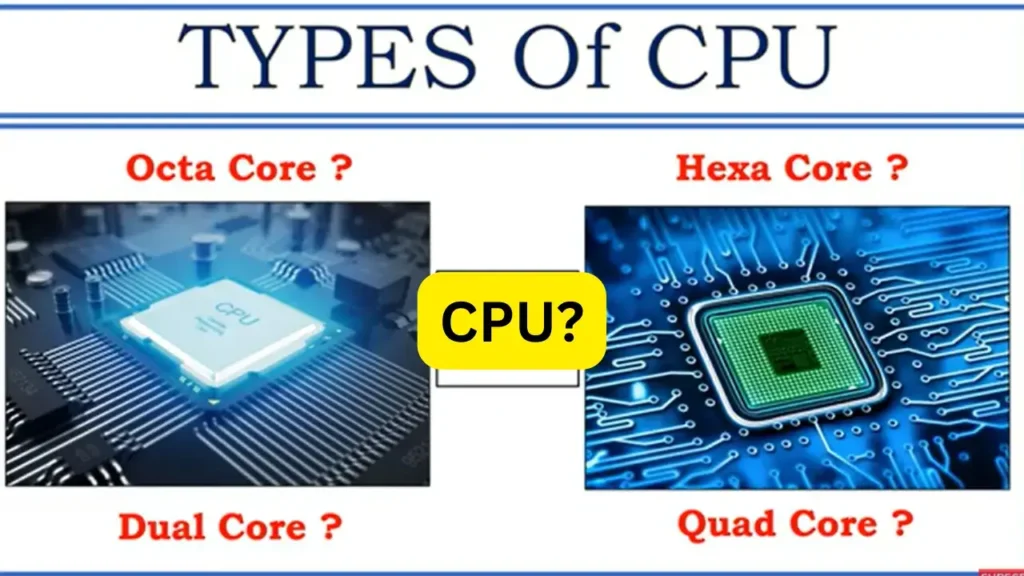
There are different types of CPUs single-core, dual-core, quad-core, and Hexa-core etc. each of them is explained
Single-Core CPU
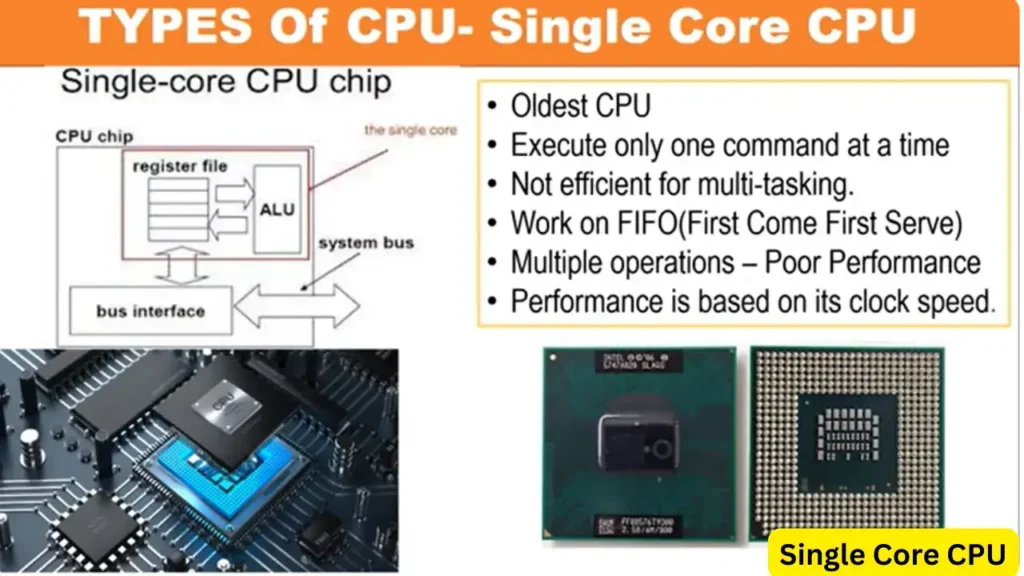
It is the oldest form of Central Processing Unit in the history of computer systems. This type of Central Processing Unit was used in the early 1970s. Such types of CPUs have single cores to perform different operations. So it is clear that these CPUs only perform a single operation at a single time. This CPU can’t be used for multiple tasks.
Dual-Core CPU
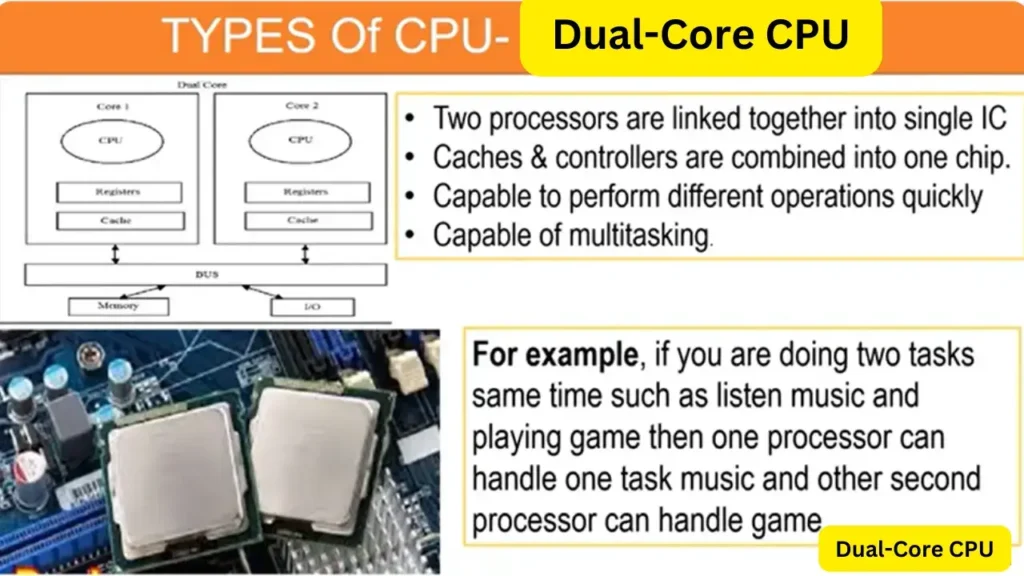
This type of Central Processing Unit has two cores with a single integrated circuit. Such types of CPUs are more efficient and more reliable than single-core CPUs. because in Dual-Core CPUs each core has its cache and controller. These cache and controllers work together as a single unit as a result the system works faster.
Quad-Core CPU
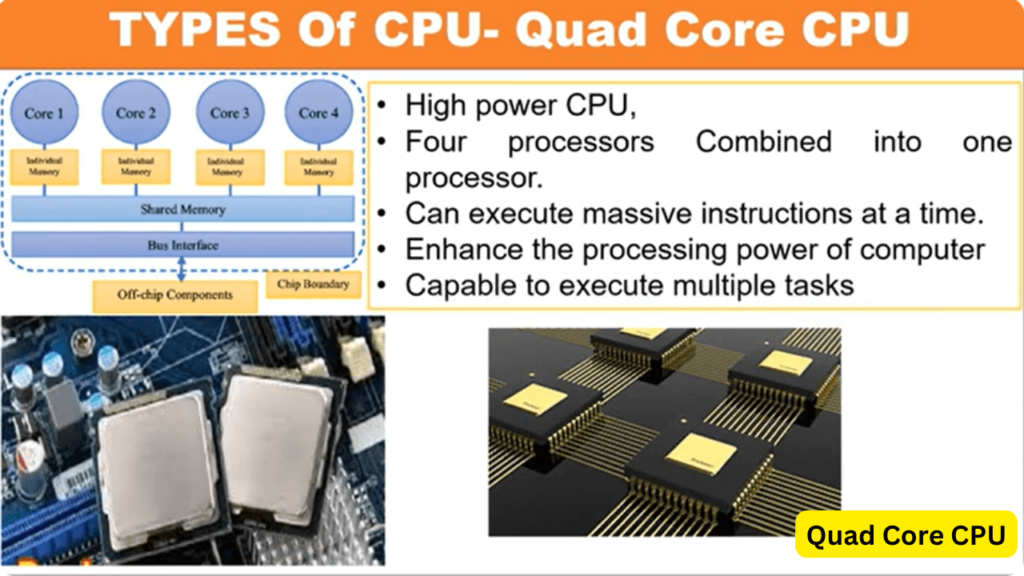
This type of CPU is most advanced and more productive as compared to single-core as well as Dual-core CPUs. This Central Processing Unit has two dual-core processors in a single integrated circuit or chip. A quad-core processor also has four independent cores and each core reads and executes different instructions given by the Central Processing Unit. This CPU increases the speed of programs.
Hexa-Core Processor
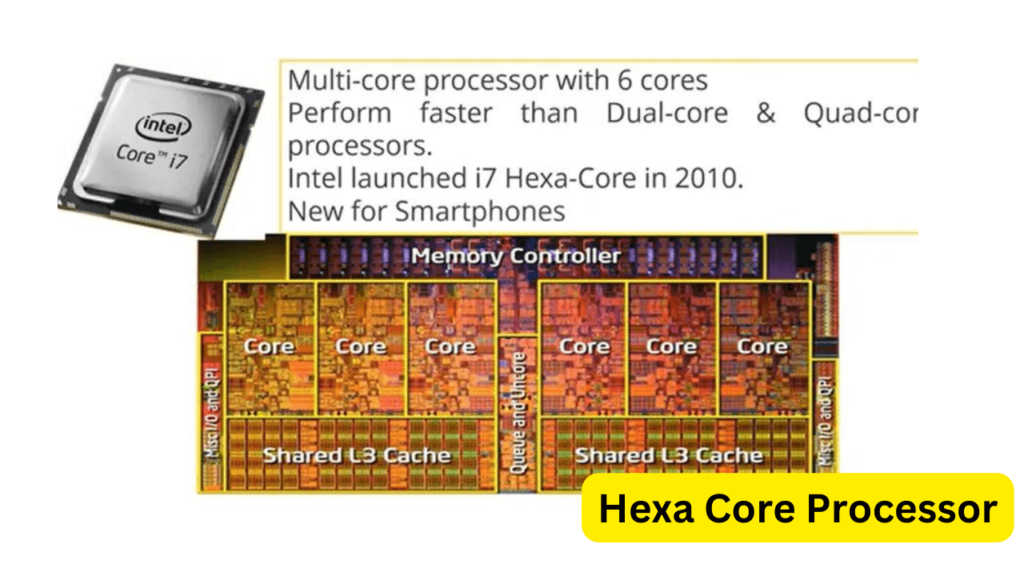
The Hexa-core processor is another multi-core processor that comes with six cores and has the power to perform tasks even faster than dual-core and quad-core processors. this processor is not new for computer users because Intel launched the i7 Hexa-core in 2010. but it may be new for smartphone users because smartphone companies are using only dual-core and quad-core processors.
Octa-Core Processor
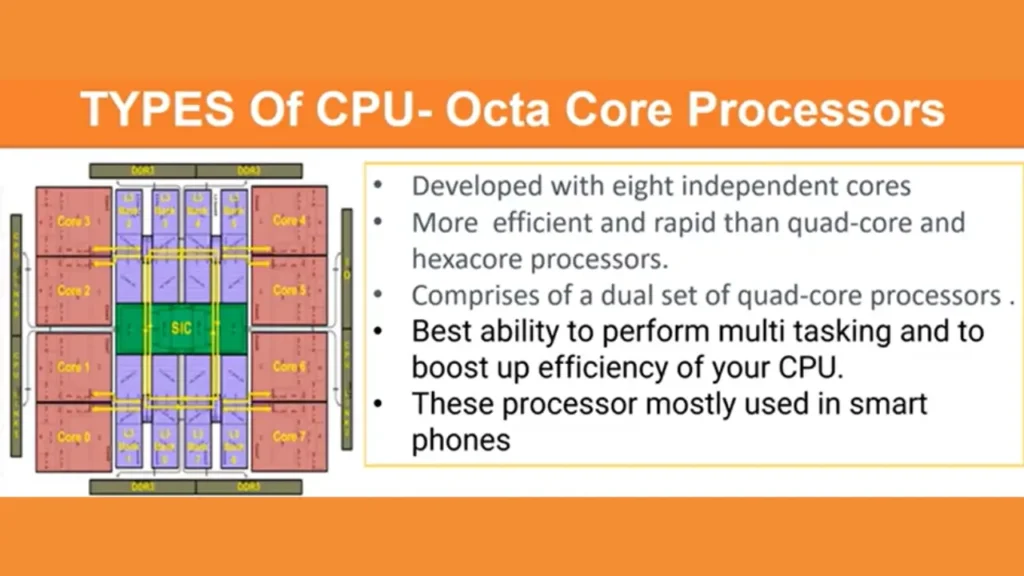
The Octa-Core processors were developed with eight independent cores to execute effective tasks. such types of processors are more efficient and fast than quad-core and Hexa-core processors. these processors are comprised of a dual set of quad-core processors. these processors can complete tasks more effectively and efficiently. these are multi-tasking processors to boost the efficiency of your Central Processing Unit.
What are the Different Parts of the CPU?
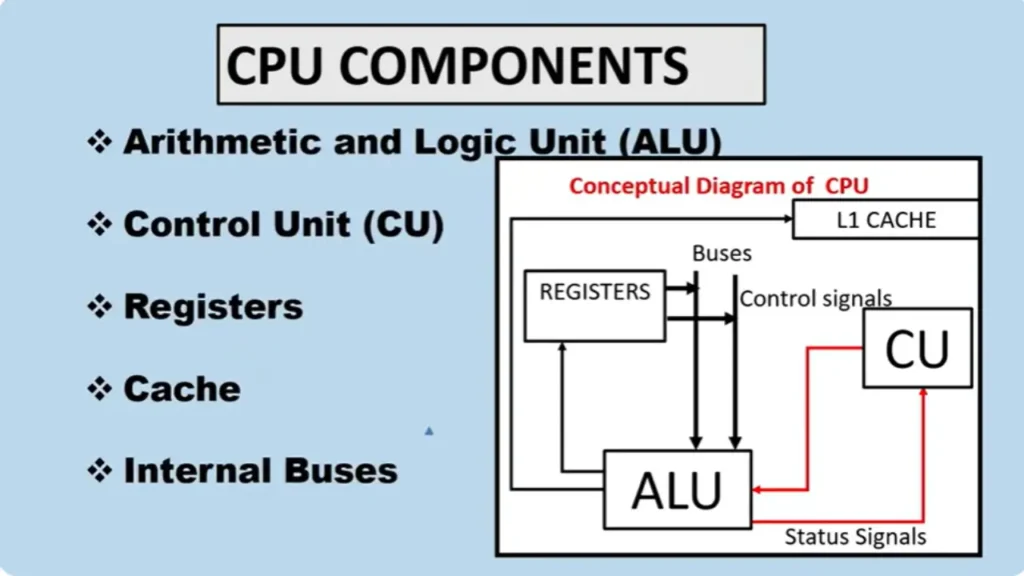
A CPU has different parts and components that make it more efficient and more reliable. Some major and important parts of the Central Processing Unit are explained below one by one.
Control unit
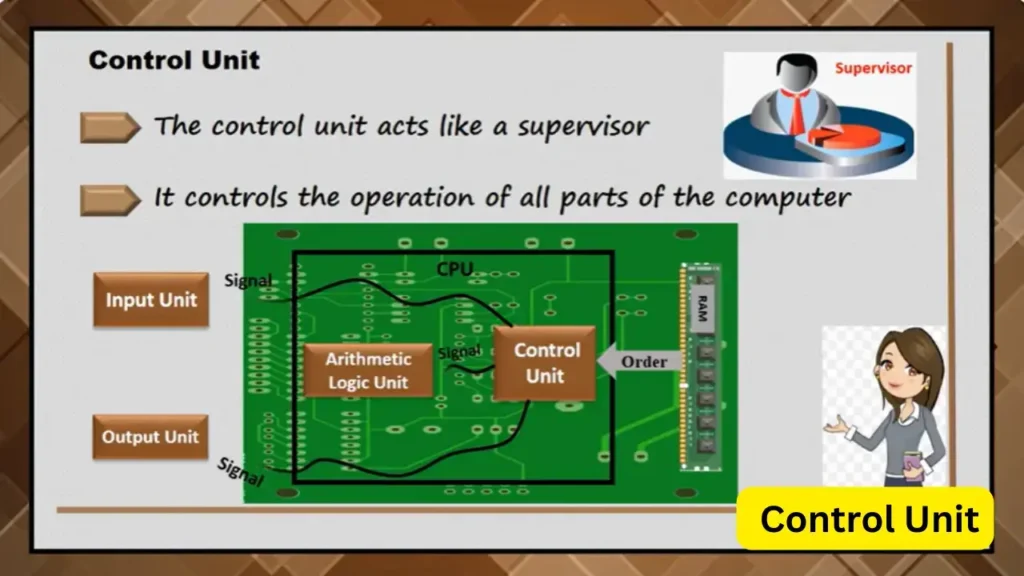
The control unit is like a control room of a computer that controls all the operations and functions of components of the computer but it is unable to carry out any processing operations. By electrical signals, it instructs the computer to execute the stored instructions by instructing the computer system. The main function of the control unit is to maintain the flow of information across the processor. It manages the instructions and flow of data between the central Processing Unit and other components of the computer. The control unit contains an instruction decoder that interprets the instructions taken from the memory and translates them into micro-operations where the CPU can run. It also instructs the other components of the Central Processing Unit to perform required tasks.
Components of Control Unit(CU)
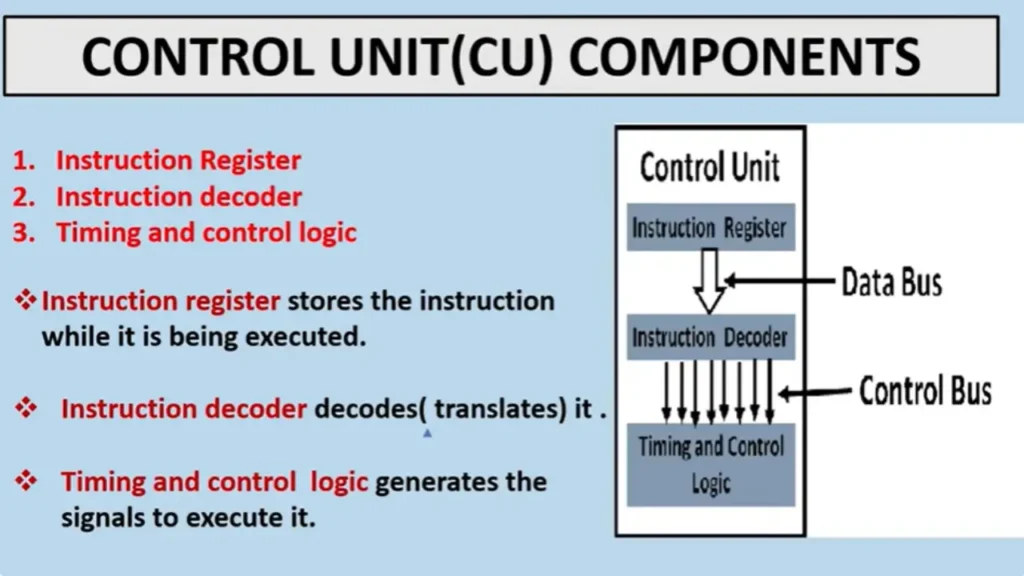
The Components of the control unit are the instruction register, instruction decoder, timing, and control logic. they perform individually to make it reliable and efficient. the instruction register stores instructions while it is being executed. instruction decoder translates the instructions. while timing and logic control generate the signals to execute.
Arithmetic Logic Unit-ALU
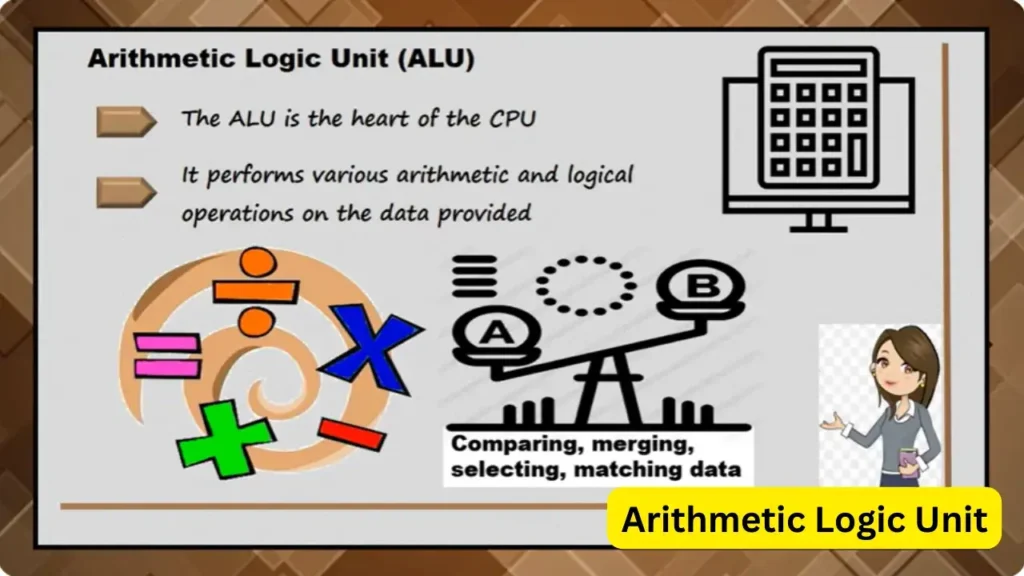
Arithmetic and logical functions or operations are controlled by the Arithmetic logic unit(ALU). The Arithmetic logic unit contains two subsections.
Arithmetic Section
So let’s discuss the responsibilities and functions of the arithmetic section and logic section.
This section is responsible for executing and controlling arithmetic operations like addition, subtraction, division, multiplications, etc. Complex operations are also done by repetitions of mentioned operations by ALU.
Logic Section
This section is responsible for the following functions comparing, merging, matching, and selecting data.
Arithmetic Logic Unit(ALU) Working
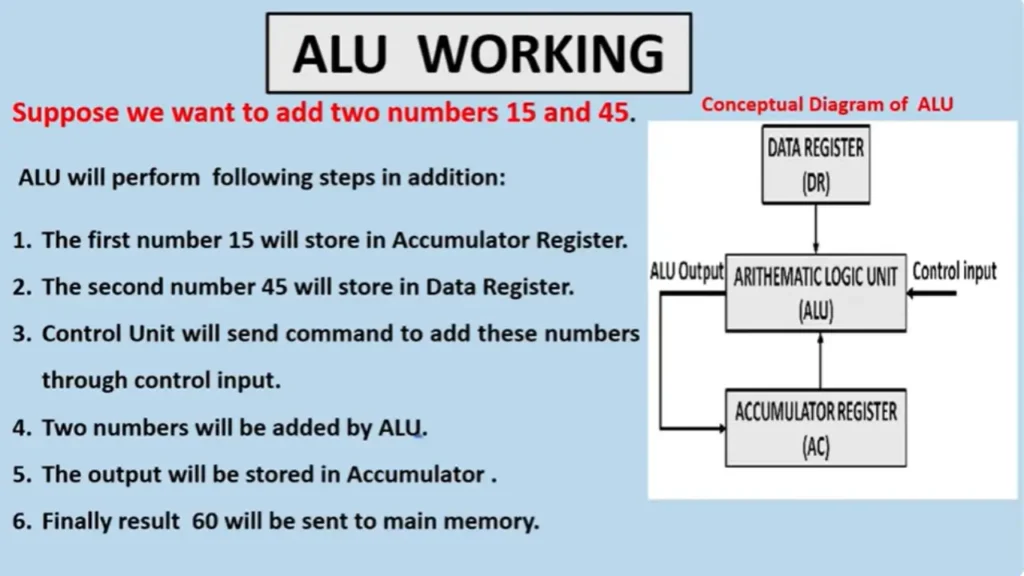
The above-mentioned conceptual diagram of the Arithmetic Logic Unit(ALU) will help you to understand the working process of ALU. it will enhance your knowledge and understanding of one of the components of the CPU.
Memory management unit
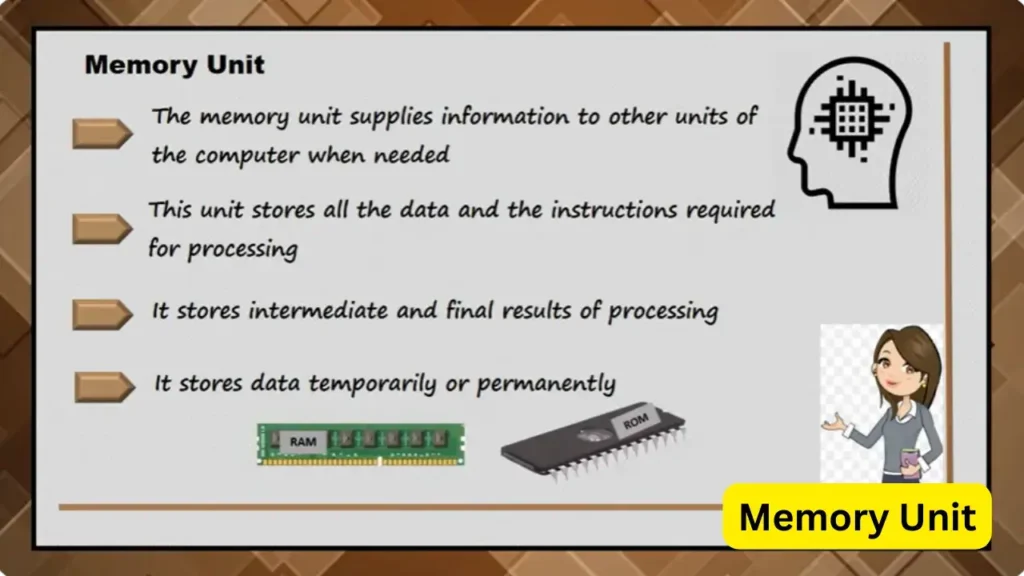
This unit is responsible for storing data and information. It helps to transfer information from one unit to another unit of the computer when required. This memory unit has different names like internal storage, primary memory, main memory, or RAM(Random-Access Memory). The size of memory affects the speed and performance of a computer system. The memory of computers is mainly classified into two types,: primary as well as one is secondary memory.
Registers
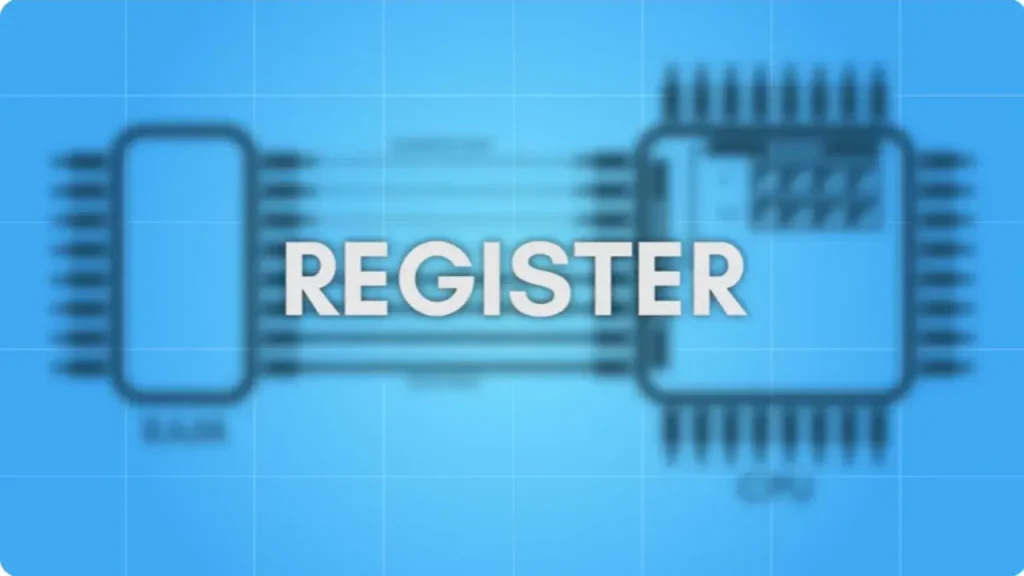
The central processing unit(CPU) contains small, high-speed memory locations called registers. This kind of memory is responsible for holding the active data on which the CPU is working and helps to access data quickly. A CPU contains different types of registers like.
Instructions Registers:
It is responsible for holding the active instructions that are being processed.
General Purpose Registers:
It is responsible for holding operational data.
Program Counter:
It is responsible for maintaining memory addresses for the next instruction to be fetched.
Clock
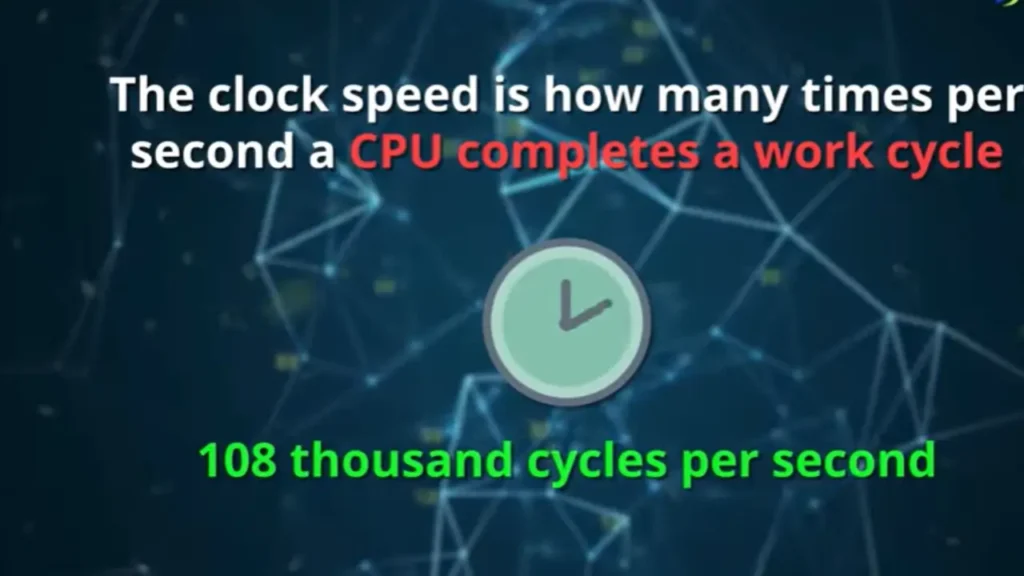
The central processing unit (CPU) depends on the Clock signal to adjust its internal functions and operations. Frequently it generates a steady pulse and these signals coordinate with CPU operations. This speed of the clock is measured in Hz and it identifies the number of instructions per second a CPU can execute. The latest technology CPU contains variable clocks that they can adjust on the basis of workload to maintain and balance power consumption as well as performance.
How does a CPU work?
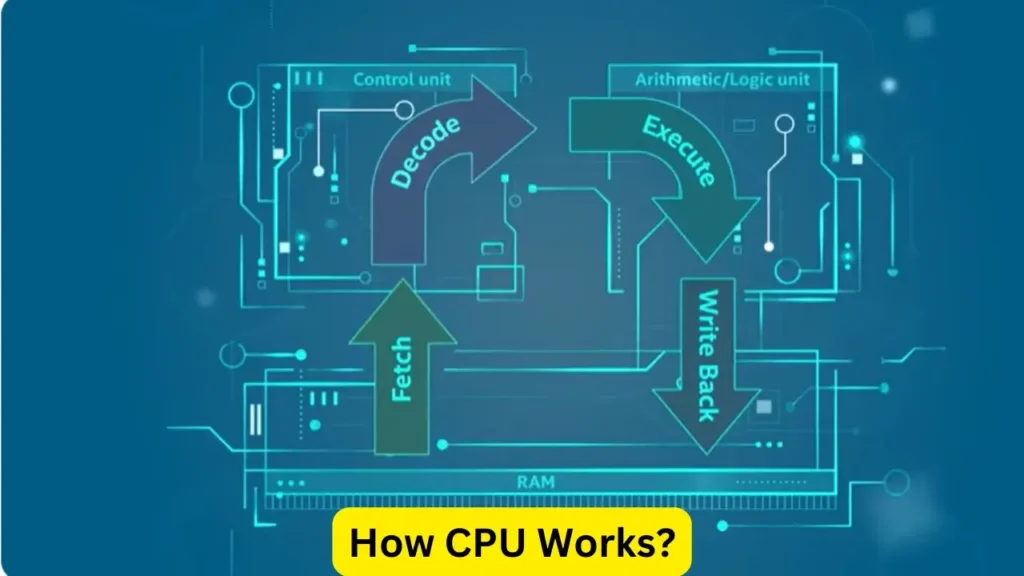
The processors of computers work with other components like software programs and hardware components to process data, instructions, and the flow of information within the device. This work procedure typically occurs in cycles, and these cycles are of three types.
Core processor cycle
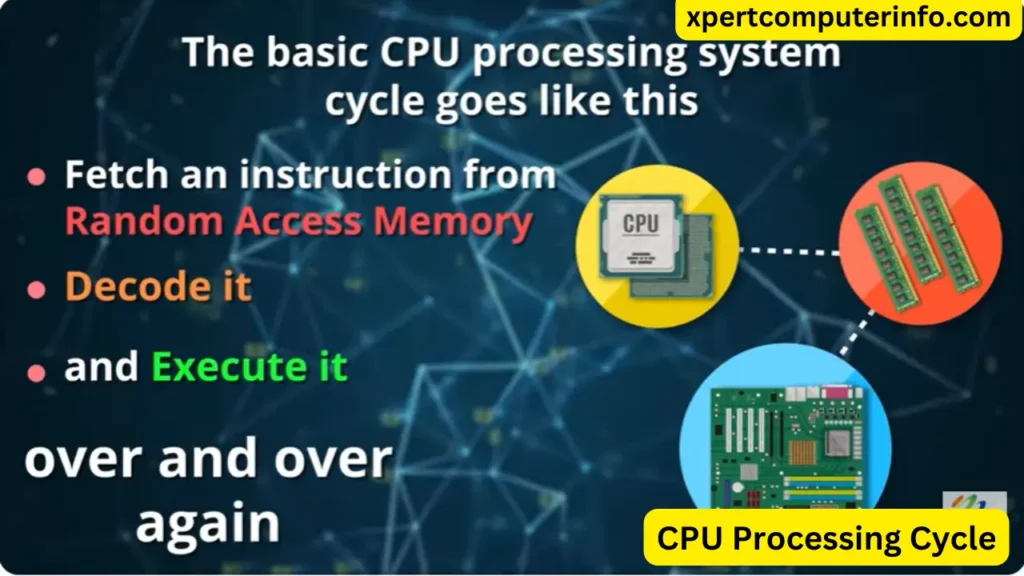
Fetch Instructions
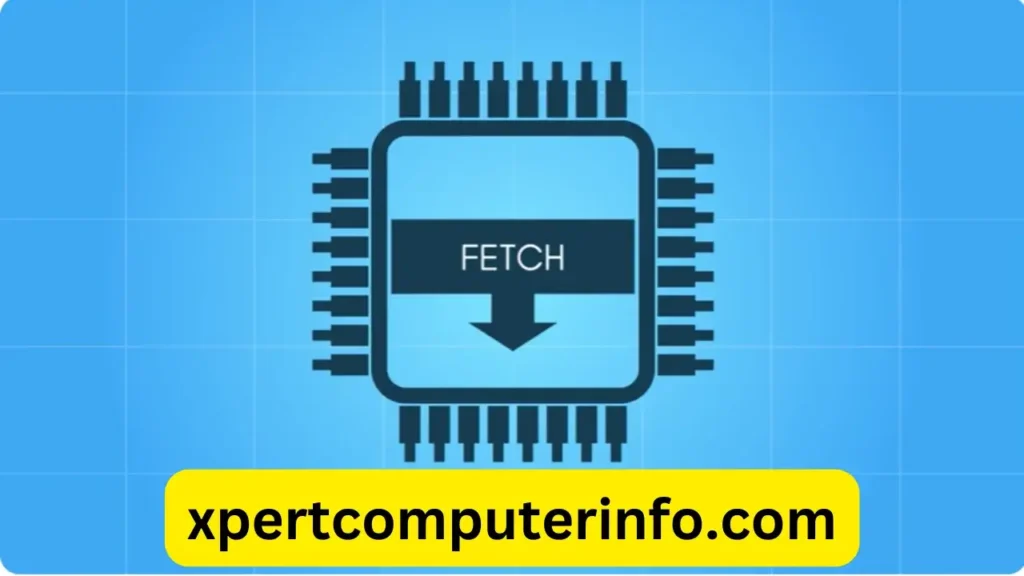
First of all, the CPU fetches the instructions from memory, these inputs/ instructions are in the form of binary codes. The control unit takes the action interprets the instructions and traces the operation to be performed.
Processing of Instructions
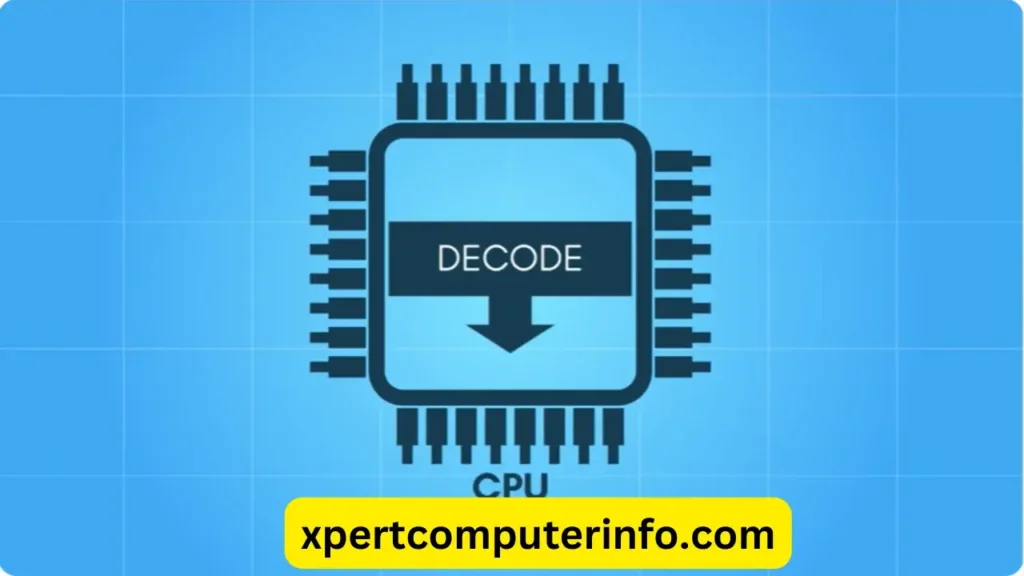
After fetching the data, the CPU performs different operations like logical comparisons, and mathematical calculations as well as data transfers between registers and memory locations.
Result storage
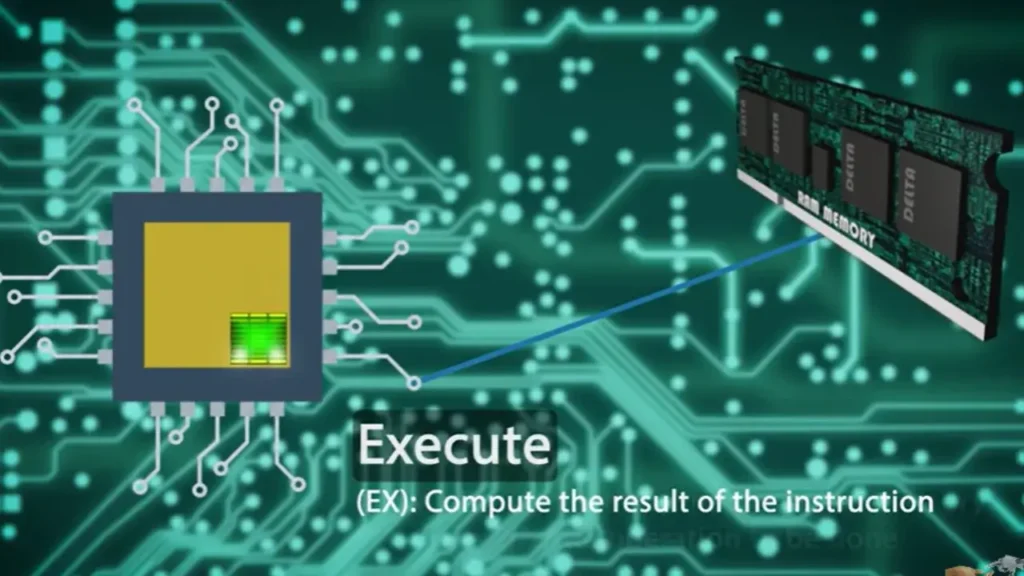
After executing the instructions the CPU stores the data in the memory of the computer.
Write Back Phase
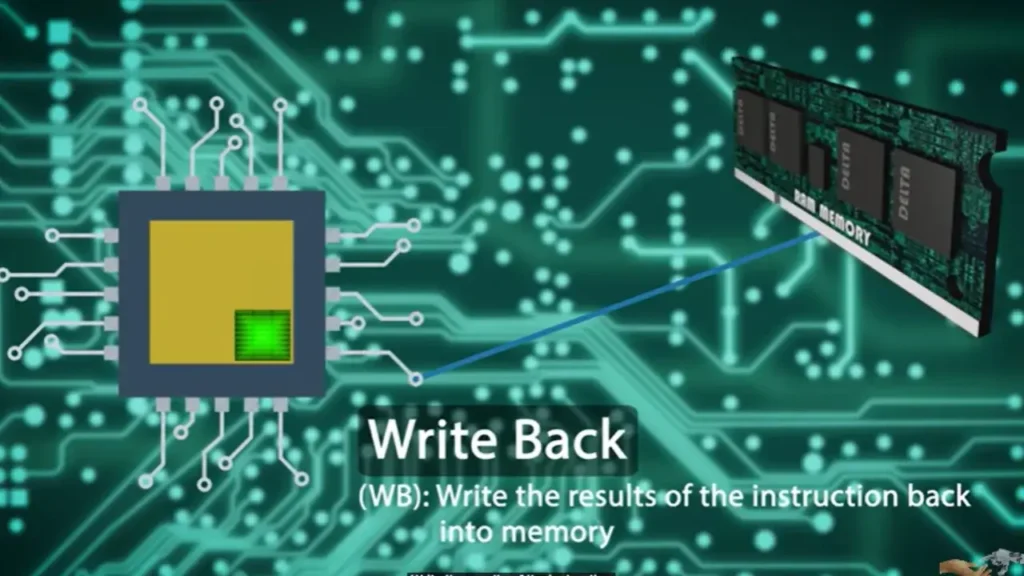
in this phase, it writes the results of the instructions back into the memory. Every instruction goes to the first three and final steps only certain instructions go through the memory steps such as load and store but for the sake of simplicity, we will assume every instruction has all steps. Now each step takes one clock cycle which translates to a CPI, clock cycles per instruction, of five. As a note most modern processors can execute billions of clock cycles per second.

